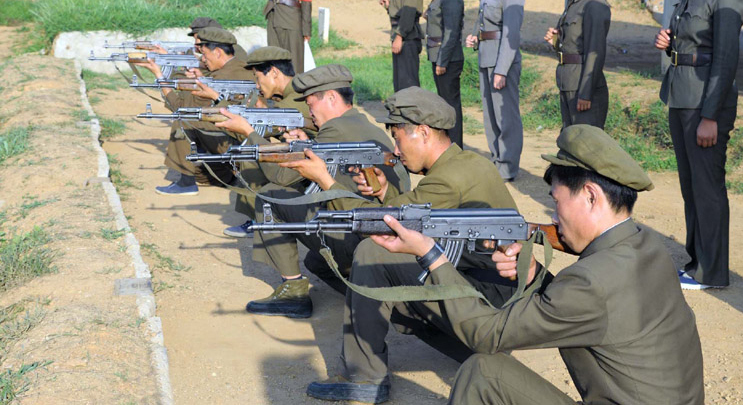About the Author
JH Ahn
JH Ahn was an NK News contributor based in Seoul. He previously worked as an interpreter for United States Forces Korea.

Get behind the headlines
|
News Military body armor scandal hits South KoreaReport reveals armor's capabilities reduced, could not stop certain North Korean bullets  A report on the Ministry of National Defense’s (MND) military body armor - which was later proven to not be sufficient for stopping North Korean bullets - has opened the door on a corruption scandal in South Korea. The report from the Board of Audit and Inspection issued on Thursday claims the MND gave preferential treatment to a single company, which allowed it to supply “penetrable” body armor to the South Korean military. While the report did not name the company, subsequent articles in South Korean media revealed it was the Seoul based Samyang Comtech. © Korea Risk Group. All rights reserved. |